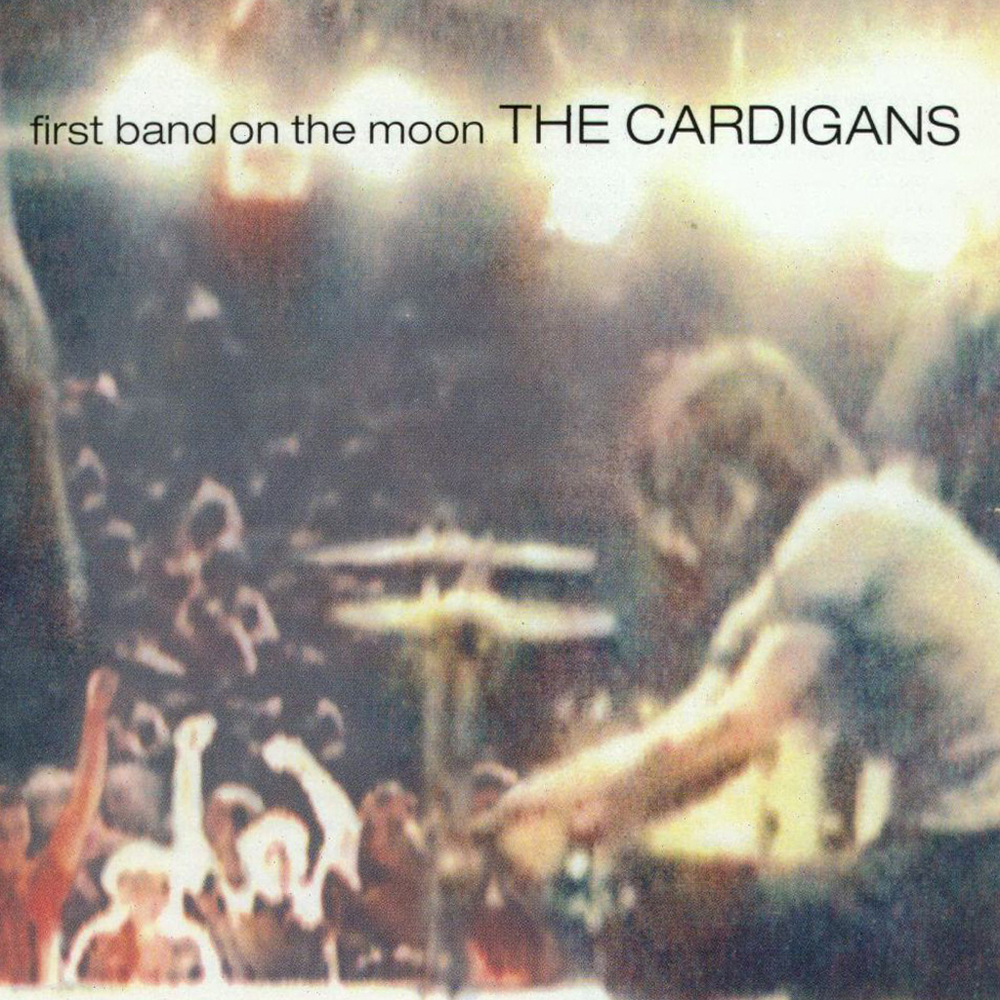Sweden really has a knack for pop music.
From ABBA in the 70s, to Roxette in the 80s, Ace of Base in the 90s, and Robyn in the 00s, even conservative estimates have the world consuming Swedish music at somewhere in the range of 500 million albums. And that’s just from those four acts alone. Add to that the stunning repertoire of mega-producer Max Martin (whose songs you’ve heard even if you think you don’t know who he is) and it becomes clear that the last fifty years of pop have been dominated by the same country that gave us IKEA.
Come to think of it, the twin successes of IKEA and Swedish pop music have a lot in common. Both are simple, efficient, and strangely entrancing. They have mass appeal, but there’s some thoughtful design behind them. IKEA and ABBA are both spelled in all-caps, and both are acronyms of their founders. IKEA was founded in Gothenburg, the same town where, two years later, Bjorn from ABBA was born. All four members of Ace of Base were born there too.
But before I travel too far down the rabbit hole of Swedish coincidences, I’d like to focus on The Cardigans.
They didn’t achieve the level of superstardom as some of their compatriots, but the Cardigans are one of Sweden’s most interesting acts. They’re full of contradictions. They made catchy pop numbers like “Lovefool” and “Carnival”, but threw in covers of Black Sabbath songs. They were a commercial success, but also an indie favourite. They were a one-hit wonder but have toured happily, with their original line-up, long after the mainstream forgot them.
All their contradictions and quirkiness come through in this song, from their 1996 record, First Band On The Moon. The whole album is really strong, filled with songs that echo a variety of styles, yet come together more satisfyingly than an IKEA bookcase.
What makes this a beautiful song:
1. The vibraphone and whispered vocals make it sound sweet, but the lyrics are pretty dark.
2. The drums are mixed in a way that’s out of synch with the warmth and closeness of the vocals, vibraphones, and horns. It gives an otherwise relaxed song an abrasive edge.
3. It begins and ends by quoting, musically and lyrically, Black Sabbath’s self-titled 1970 song. The uneasy three-note riff of that track is contrasted by the lazy, lounging horns.
Recommended listening activity:
Walking through IKEA in reverse, from check-out to entrance.
